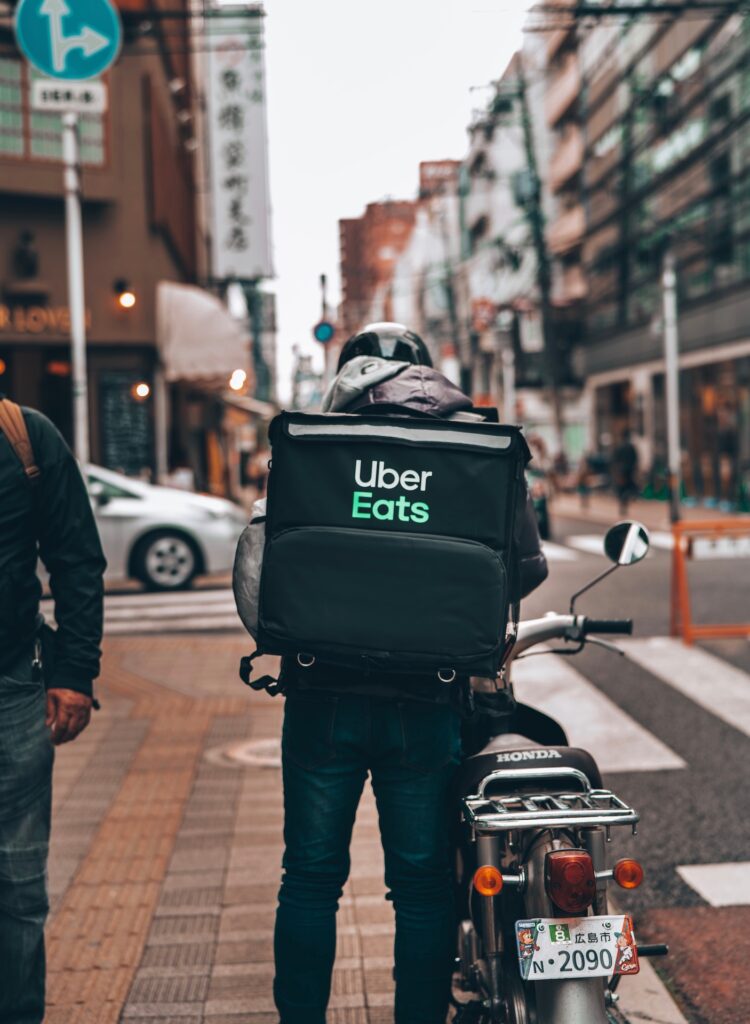The restaurant and food & beverage industry took some significant blows with the COVID-19 pandemic. So, the question everyone is asking is, what lies ahead for these beloved industries that service millions and help satisfy the needs and wants of many?
Most people would like to forget the painful challenges of 2020, especially those in the restaurant industry, and move on to see a brighter tomorrow. Deemed as “the most challenging year for the restaurant industry,” the past year has shown that nothing is for sure, but here are some predictions for the industry’s future.
The current year shows signs of recovery. The National Restaurant Association predicts restaurant sales will jump up an estimated 10% in 2021, but this is after an almost 20% drop in the previous year (due in part to restaurant closures and operating limitations). 2021 will be a year focused on repair, regrouping and innovation. As the government attempts to help stimulate people’s bank accounts and the economy, the hope is that more people will put money back into businesses, especially restaurants. Employment should be back on the rise, providing more disposable income for people to spend at their favorite eateries and other retail establishments.

Many restaurants pivoted their service format and structure during the pandemic so that they could survive. The past year bred innovation and proved to be a time that business that creatively adapted came out on top. From this test of survival of the fittest, some new technologies and efficiencies were initiated, which is a win for restaurants and their customers.
Due to COVID-19 restraints, a number of restaurants had to scale back their staff and learn to work with smaller teams. They had to become more efficient, and some leaned into technology to make this happen. These technologies weren’t a temporary patch but long-term solutions that are now part of normal operations.
Restaurants also had to look at off-premise dining in the form of takeout and delivery. Restaurants that generally didn’t offer this service even jumped on board, so they could continue to provide for their customers. Restaurants with bar service explored packaging options to include alcoholic beverages on their takeout and delivery menus. Once given the green light by local authorities, many restaurants leaped at the chance to add libations, which satisfy customer cravings and help boost restaurants’ sales. [Note: According to a Modern Restaurant Management article, alcohol sales typically offer the highest profit margin for restaurants.]

Many restaurants began adamantly investing in pre-ordering and rewards systems and systems that deeply integrate with third-party delivery services. Restaurants that may have been hesitant to use delivery services prior to COVID-19, possibly due to associated fees, changed their tunes when they found they needed to incorporate these options to save their businesses. Food delivery apps such as Uber Eats, DoorDash, and Grubhub experienced a significant increase in business with the pandemic, with demand more than doubling.
Through the pandemic, the restaurants that held on are now shifting to welcoming guests with a new normal – armed with lessons learned and new practices in place. People have missed dining out or having someone else cook for them. Home kitchen fatigue is real, and many of us feel it. Plus, many are simply tired of being cooped up at home.
Vaccines for COVID-19 are now widely available in the U.S. and large numbers of people are getting vaccinated, which offers some hope. This provides people with the confidence to leave the house and get back to restaurants and other shared public spaces.
Now, if we only had a magic crystal ball to show us the future, then our lives would be a bit easier. Unfortunately, we’re not so lucky and have to focus on doing our best to move forward with our lives. We’re grateful for the restaurants and other businesses that did what they could to continue to provide services during the pandemic. Hopefully, we (the consumers) will support them, as they have supported their employees and communities through this crisis.
